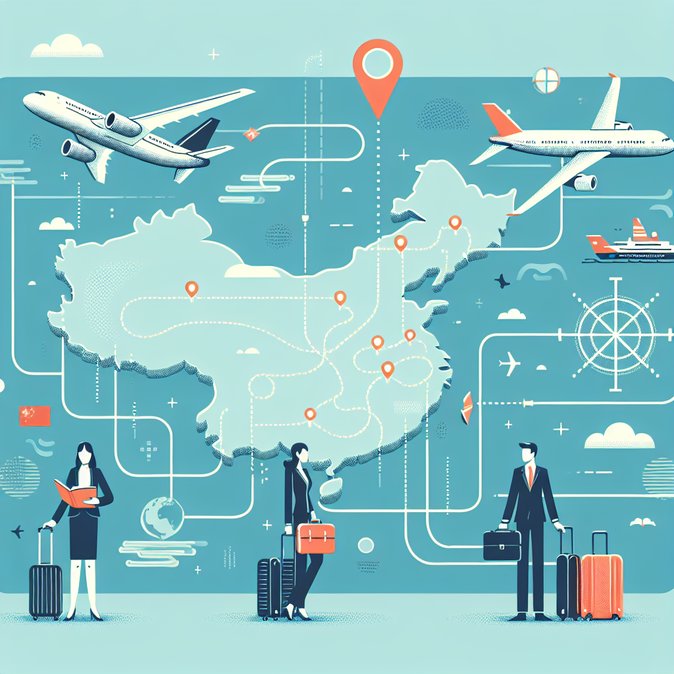
In one of the biggest single-day liberalisations of cross-border mobility since the end of pandemic travel restrictions, Beijing announced on 3 November that holders of the Mainland ‘exit endorsement for talents’ may start applying in five additional provinces—Tianjin, Hebei, Jiangsu, Zhejiang and Anhui—as well as in every pilot free-trade zone across the country from 5 November.
The endorsement, introduced in February 2023 to make short business trips between the Mainland and Hong Kong or Macao easier for scientists, entrepreneurs and other high-value professionals, previously covered only the Greater Bay Area (GBA) and Shanghai. Expanding it to the populous Yangtze River Delta and Beijing-Tianjin-Hebei corridors instantly increases the pool of eligible applicants by more than 200 million people.
![Mainland talent exit endorsements expanded to more provinces and all free-trade zones]()
Hong Kong officials hailed the move as a “game-changer” for corporate mobility programmes. Companies with R&D bases in the GBA or Hetao Shenzhen-Hong Kong Innovation Cooperation Zone will be able to shuttle staff in and out of Hong Kong without going through the slower multiple-entry visa process. Because the endorsement is recorded on a QR code rather than a passport sticker, it also reduces document-handling for HR teams and speeds up airport processing.
Practically, the change means Mainland experts invited to a Hong Kong conference can apply at their local exit-entry bureau and receive an endorsement valid for multiple trips of up to 30 days each within a year. Firms planning short-cycle project work or board meetings in the SAR should update their mobility policies and share detailed application guidance with affected staff.
Immigration advisers expect demand to spike; appointments at exit-entry bureaus in Shanghai sold out within hours when the city was added last year. Employers are therefore urged to plan applications early and monitor local bureau capacity in the new provinces.
The endorsement, introduced in February 2023 to make short business trips between the Mainland and Hong Kong or Macao easier for scientists, entrepreneurs and other high-value professionals, previously covered only the Greater Bay Area (GBA) and Shanghai. Expanding it to the populous Yangtze River Delta and Beijing-Tianjin-Hebei corridors instantly increases the pool of eligible applicants by more than 200 million people.

Hong Kong officials hailed the move as a “game-changer” for corporate mobility programmes. Companies with R&D bases in the GBA or Hetao Shenzhen-Hong Kong Innovation Cooperation Zone will be able to shuttle staff in and out of Hong Kong without going through the slower multiple-entry visa process. Because the endorsement is recorded on a QR code rather than a passport sticker, it also reduces document-handling for HR teams and speeds up airport processing.
Practically, the change means Mainland experts invited to a Hong Kong conference can apply at their local exit-entry bureau and receive an endorsement valid for multiple trips of up to 30 days each within a year. Firms planning short-cycle project work or board meetings in the SAR should update their mobility policies and share detailed application guidance with affected staff.
Immigration advisers expect demand to spike; appointments at exit-entry bureaus in Shanghai sold out within hours when the city was added last year. Employers are therefore urged to plan applications early and monitor local bureau capacity in the new provinces.









